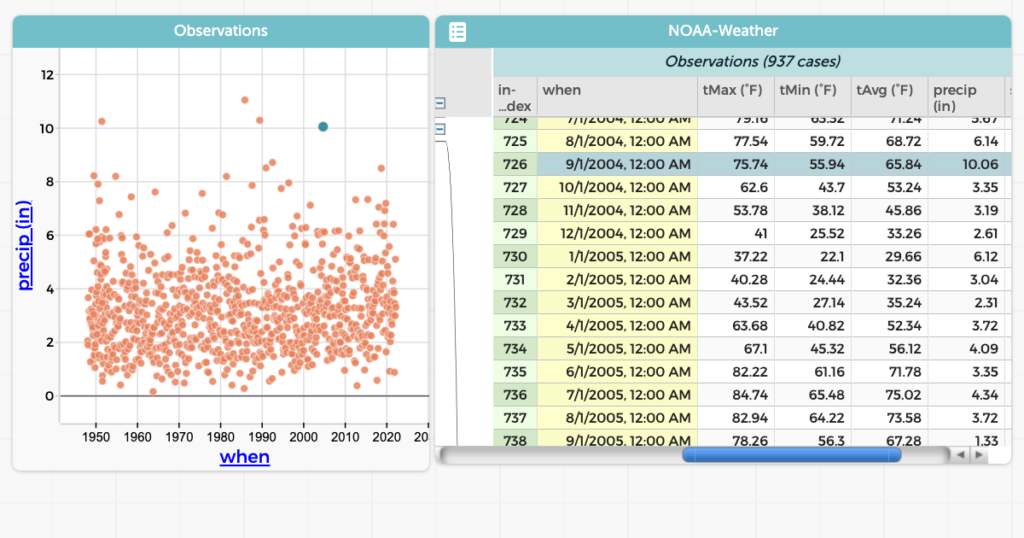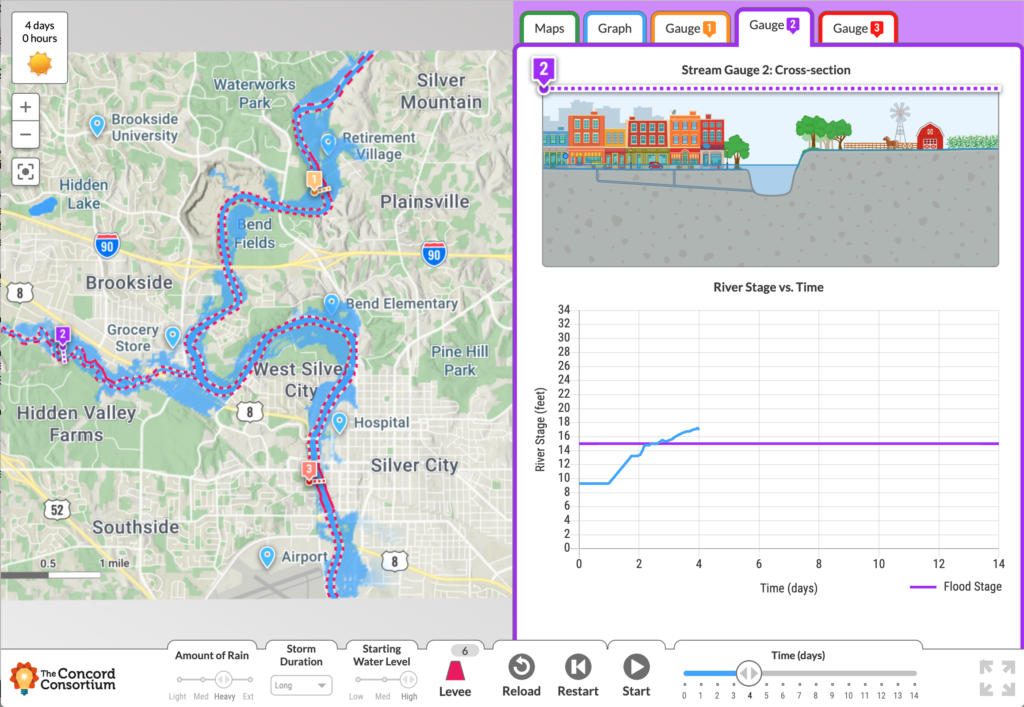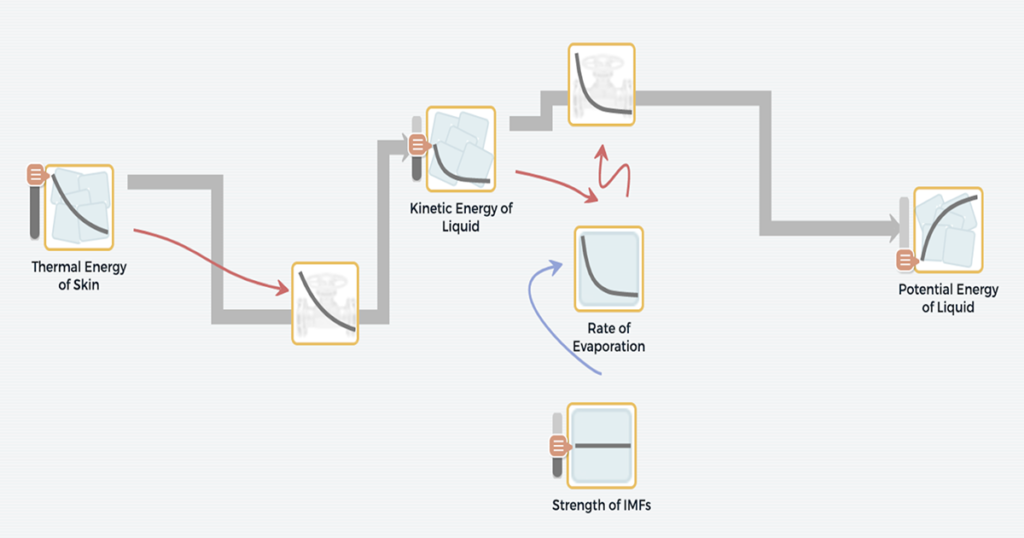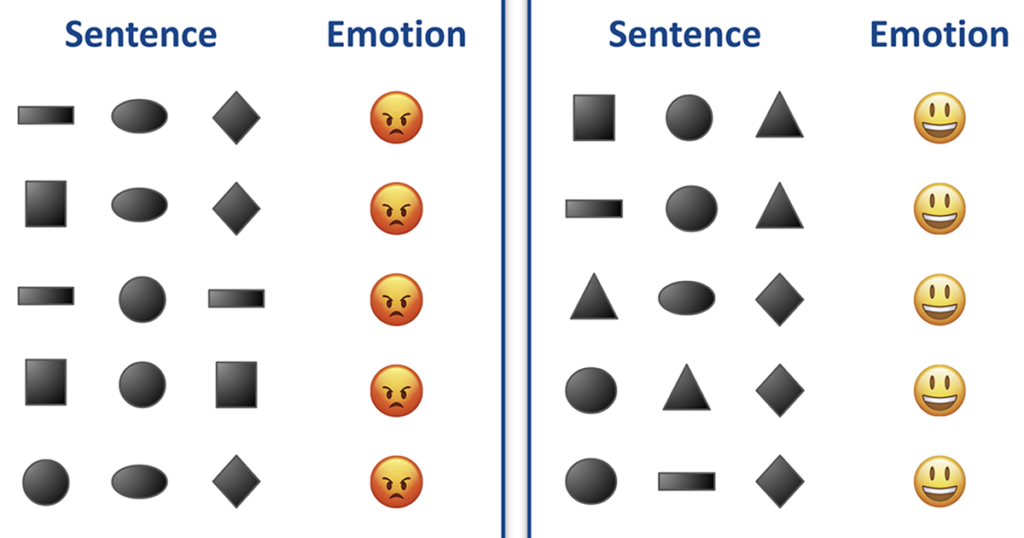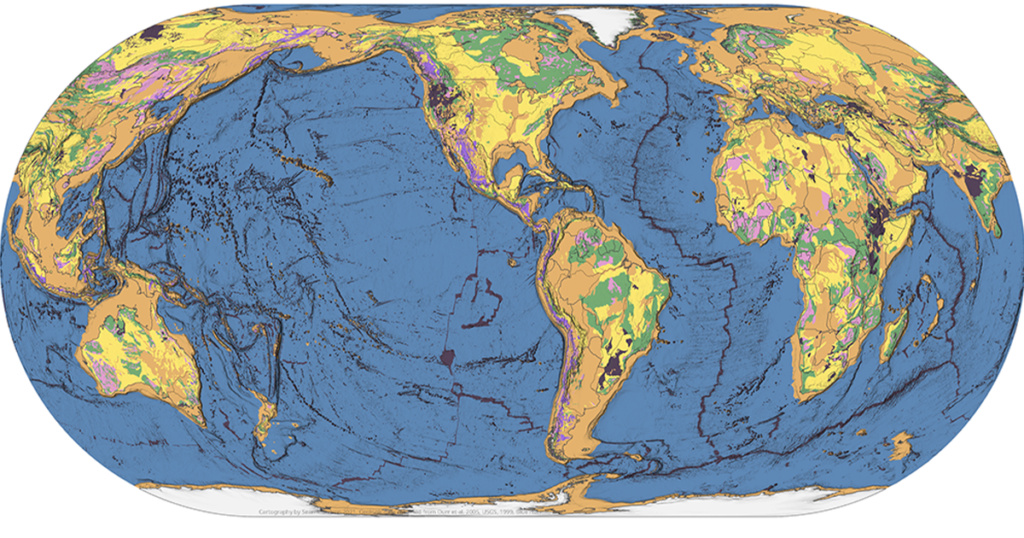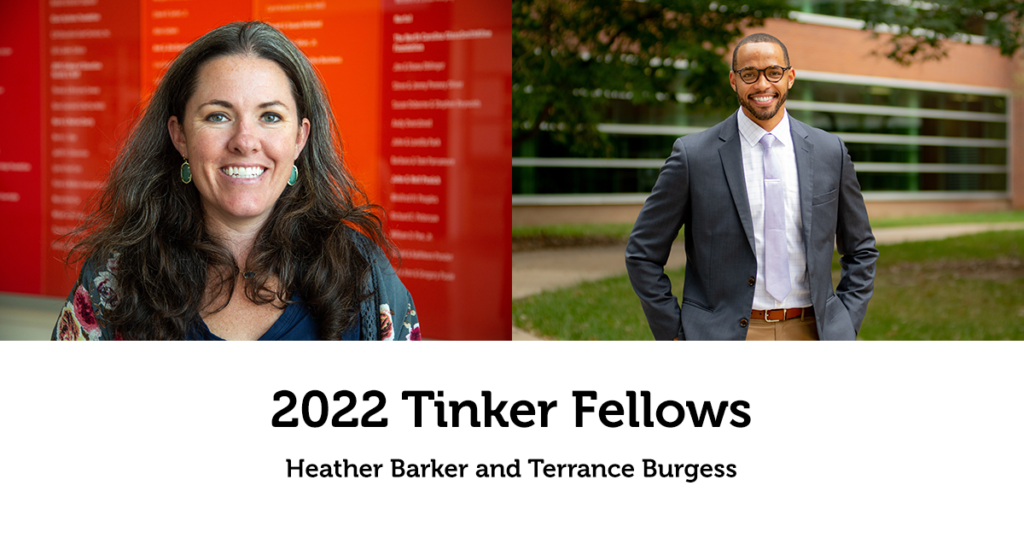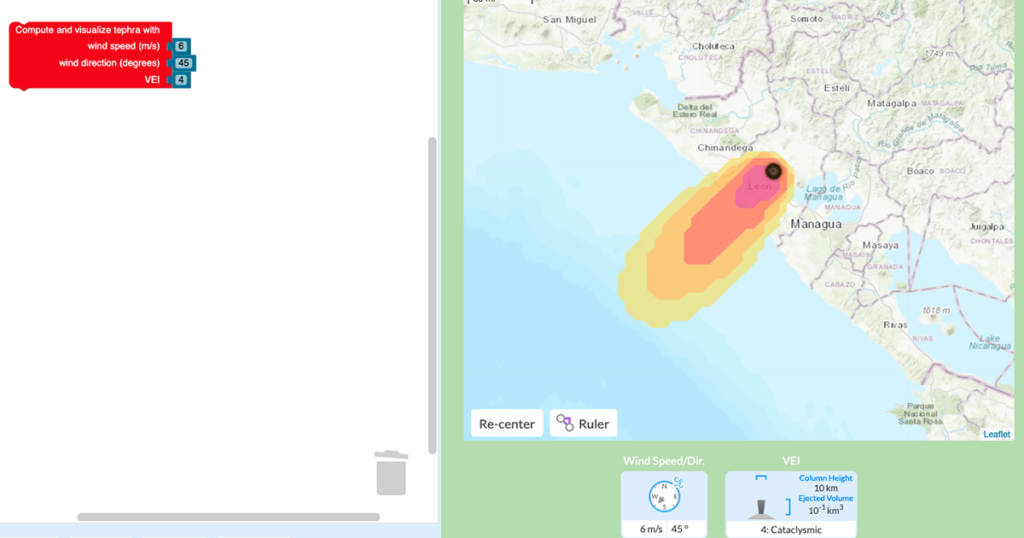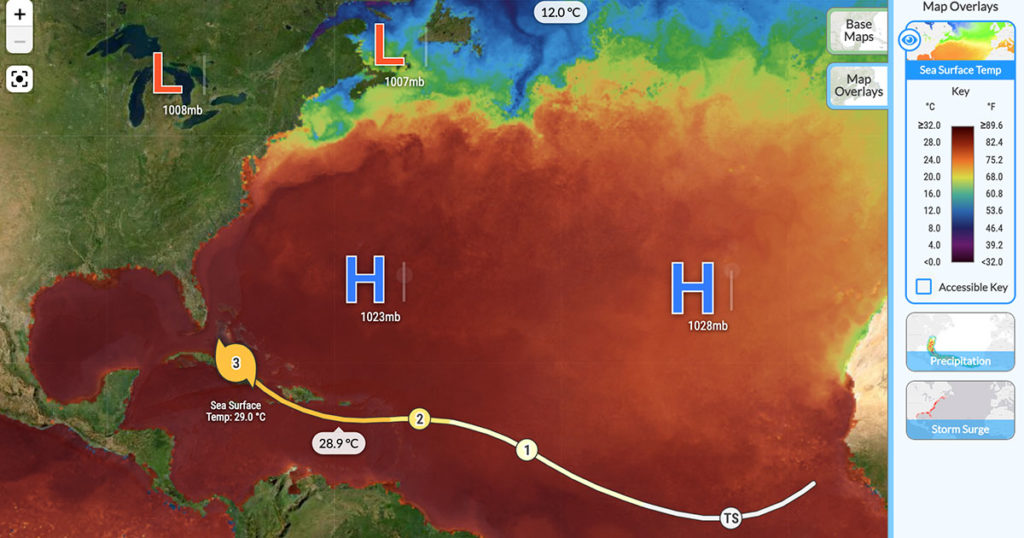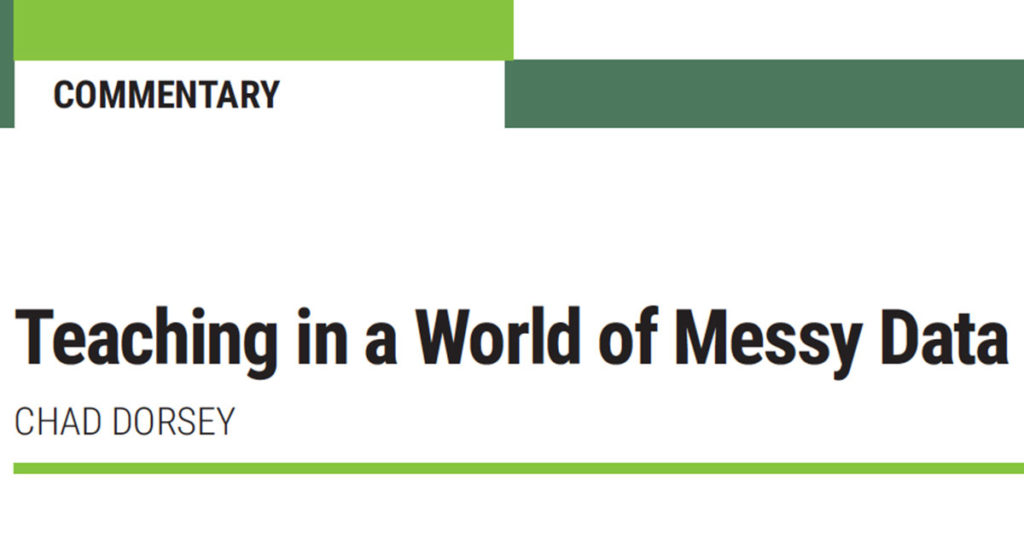Category: 2022
In the WeatherX project, a collaboration involving EDC, Mount Washington Observatory, the University of Washington, and the Concord Consortium, we engage middle school students with weather data and weather science. We concentrate on extreme weather, of which there is plenty on Mount Washington. But, of course, every part of the world experiences extreme weather at […]
In the last 30 years, the risk of inland flooding in the United States has increased dramatically. Extreme rainfall events have become more frequent, causing widespread flooding and water damage. The costs to repair, rebuild, and remediate flooding have grown each year. Flooding in the Midwest in 2019 alone affected 14 million people and came […]
Have you ever wondered why, even on a very hot day, you feel cold when coming out of a pool, lake, or sprinkler? The Multilevel Computational Modeling project, a collaboration with the CREATE for STEM Institute at Michigan State University, has developed a new curriculum unit called “Why do I feel colder when I am […]
Imagine that you’re visiting a new city and want to know the best place to get ice cream. You might open your favorite search engine and check out reviews. Or you might see what people on Twitter have to say. Perhaps you decide to search for specific terms and see if more people recommend you […]
From 2001: Space Odyssey to The Terminator, our collective imagination is fascinated with Artificial Intelligence (AI). Even Disney Pixar’s Wall-E has something to say about AI, though on a lighter and arguably more accurate note. AI models are no longer futuristic or reserved for specific niche tech businesses or advanced computer science classes. Our Narrative […]
Is there a map that shows the distribution of the three major rocks types—igneous, metamorphic, and sedimentary—around the world? Our TecRocks team asked this question while trying to find real-world phenomena to engage students in the exploration of environments related to rock genesis. It seemed like a map like this should exist. Our hope was […]
The theme for this year’s Robert F. Tinker Fellows Program, which aims to promote innovation, creativity, and cross-disciplinary conversations, focuses on inclusion, equity, and access in STEM education. We are delighted to announce two Tinker Fellows in 2022. Heather Barker will create data exploration activities for students from middle grades through introductory statistics college courses […]
We are excited to announce that our GeoCode: Volcanic Hazards module is available for public use! This free two-week curriculum for middle and high school students has been piloted by participating research teachers as part of the National Science-Foundation funded GeoCode project and extensively studied and redesigned based on our research. It is now available […]
Climate change, and the rise of the natural hazards that climate change brings, has been at the top of news feeds every week over the past year. Extreme events such as floods, droughts, and wildfires are expected to increase in the future. What does that mean for those of us living in the path of […]
We published nine articles in researcher and teacher practitioner journals and one book chapter in 2021 that showcase innovations in STEM teaching and learning through technology. Learn how to design curricular materials that leverage digital tools for system modeling (#2), how to ensure powerful data learning experiences for all learners (#6), how to operationalize and […]
